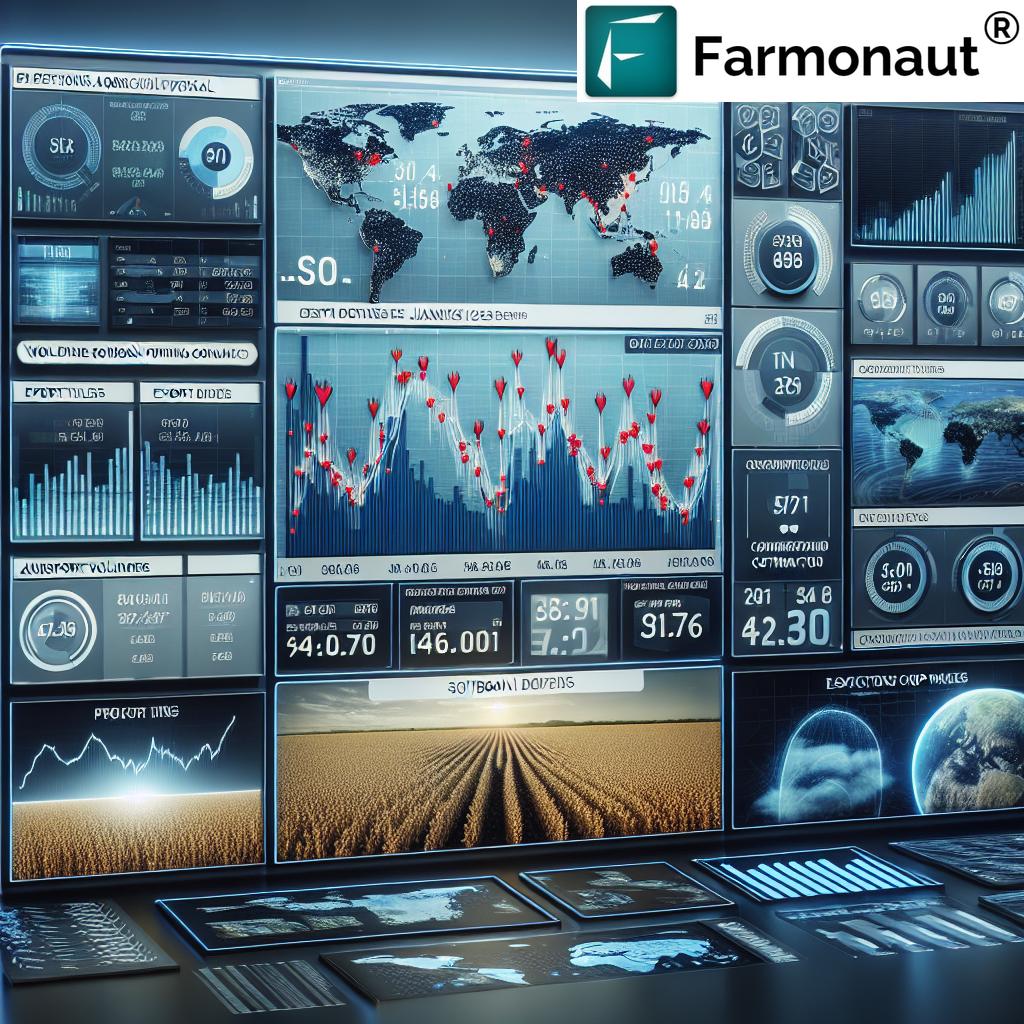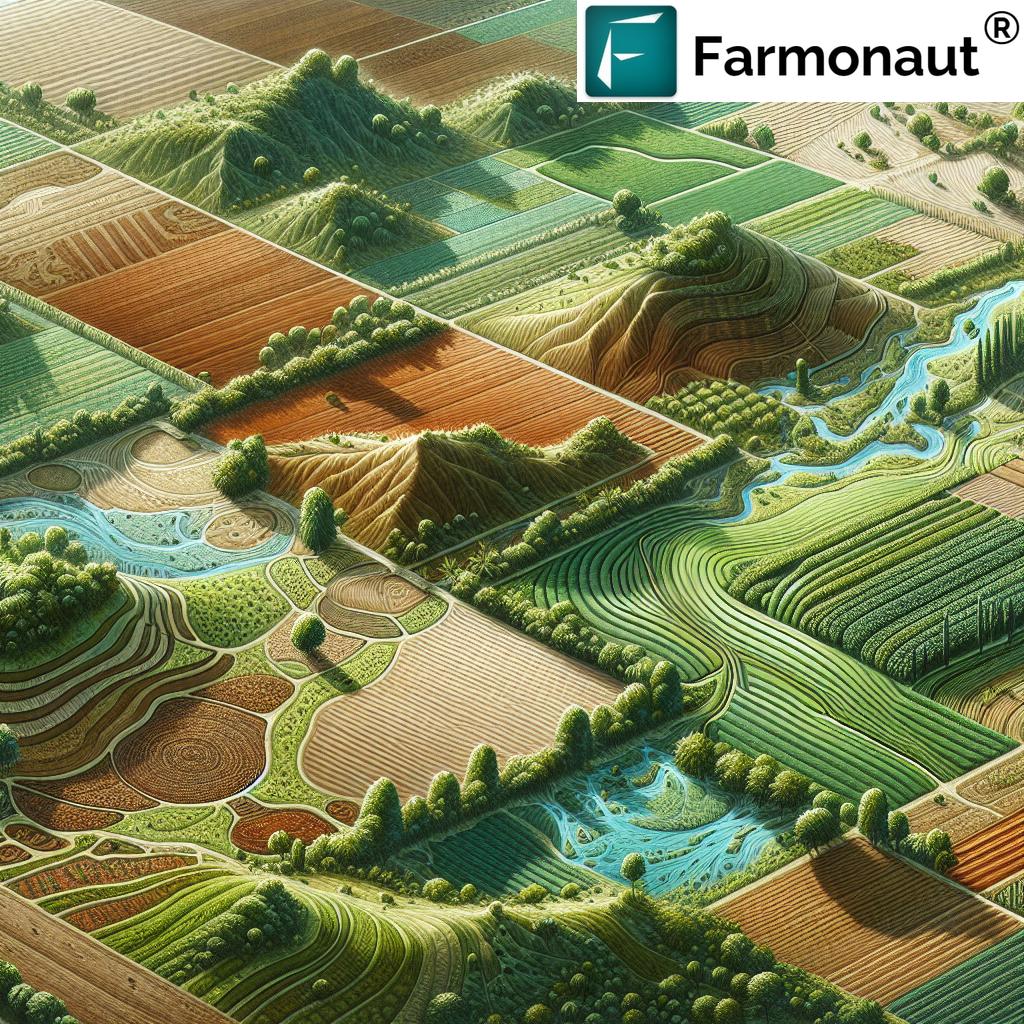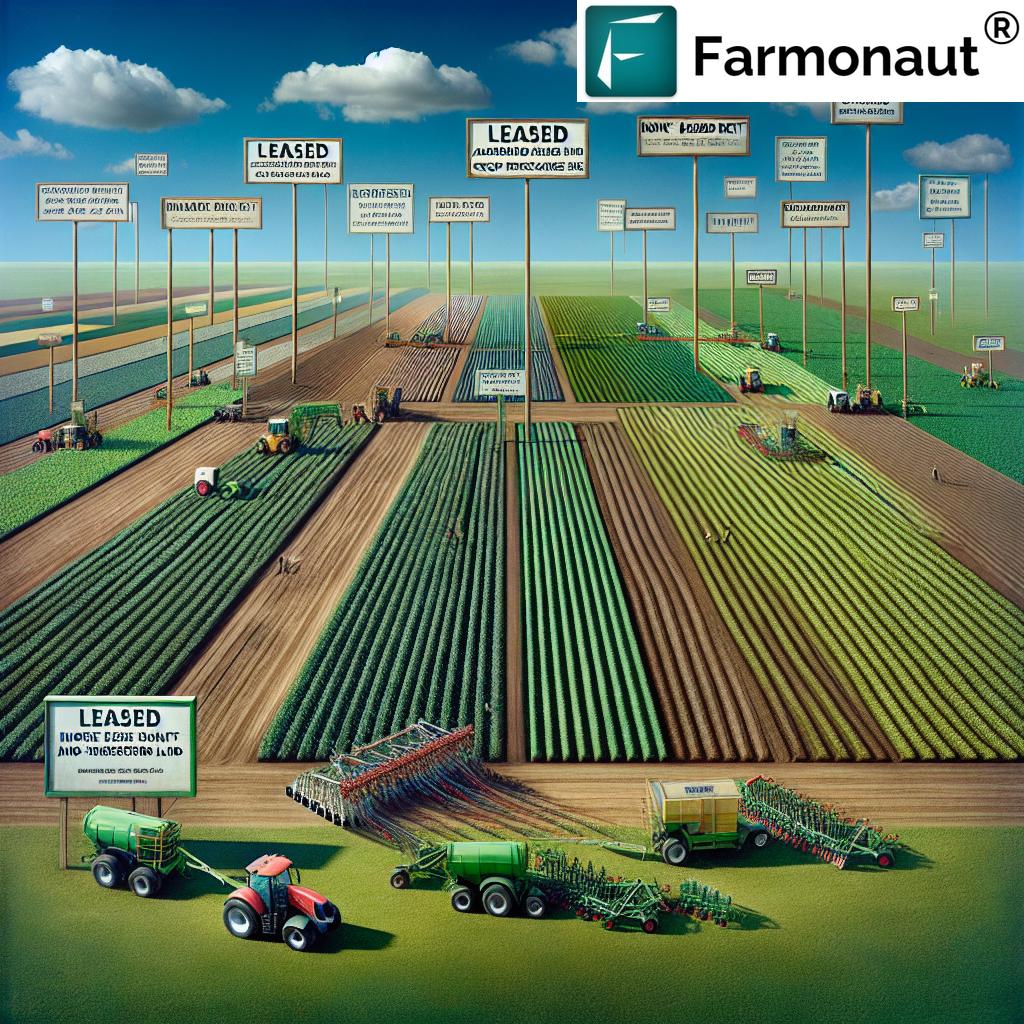Holstein Friesian Cattle for Sale & Price Guide 2026: Traits, Genetics & Dairy Farming Innovation
“Holstein Friesian cows can produce over 10,000 liters of milk per lactation, leading global dairy yield rankings.”
As the global dairy industry continues its upward trajectory through 2026, Holstein Friesian cattle remain one of the most prominent, valuable, and widely recognized breeds worldwide for exceptional milk production capabilities. Dairy farmers and agriculture stakeholders are increasingly focused on optimizing livestock quality, herd productivity, and adopting superior breeding technologies to meet growing demand for high-quality dairy products.
In this comprehensive overview, we delve into the essential aspects of Holstein Friesian cattle including their distinctive traits, modern breeding advances, 2025-2026 market trends, and strategic tips for boosting dairy yield, cow health, and overall farm performance. Read on to make informed decisions about Holstein Friesian cattle for sale, pricing, genetic selection, and the integration of next-gen agri-tech.
A Comprehensive Overview: Why Holstein Friesian Cattle Remain the Dairy Industry Standard in 2025-2026
The Holstein Friesian cow, originating from the Friesland region of the Netherlands and northern Germany, has maintained its position as an industry mainstay due to its remarkable milk yield, superior genetics, adaptability, and consistent market demand. Friesian cattle are the backbone of modern dairy farms worldwide, with a legacy of innovation-driven breeding and product optimization.
Key Facts About Holstein Friesian Cattle
- Easily identifiable black-and-white (or red-and-white) spotted coat – a signature trait of the breed.
- Large frame and strong legs, enabling robust farm work and efficient feed conversion for high-yield dairy production.
- The breed accounts for over 60% of the world’s commercial dairy stock and is prized for adaptability and modern breeding compatibility.
- Holstein Friesian cows often produce between 22,000 and 26,000 liters of milk annually, with a fat content typically ranging from 3.5% to 4%.
The Modern Holstein Friesian: What’s Driving Breeding, Health, and Productivity Forward?
Modern advancements in breeding technologies, herd management systems, disease control, and genomic selection are elevating dairy performance beyond traditional benchmarks. Innovations such as AI-driven farm monitoring, blockchain-based traceability, and real-time environmental impact tracking (learn more about carbon footprinting solutions for sustainable dairy operations) offer farms a distinct competitive advantage in 2026.
Let’s explore every aspect of Holstein Friesian cattle—from genetics and traits to market prices, yield optimization, and technology trends.
Characteristics of Holstein Friesian Cattle: Genetics, Traits, and Dairy Performance
The holstein friesian cattle, recognized for their distinctive black-and-white spotted coat (with red-and-white variants also available), are extensively bred across Europe, the Americas, and Asia. These animals are characterized by:
- Large body frame (600–700 kg for mature cows; bulls often 1000–1200 kg)
- Long, straight backs and a deep barrelled chest contributing to feed efficiency
- Strong, sturdy legs—important for high-frequency milking in intensive management systems
- Exceptional milk yield and persistency across lactations
- High degree of adaptability: thrive in both intensive and extensive systems, across varying climates and conditions
Holstein Friesian cows commonly yield:
- Between 22,000–26,000 liters per year (milk yield volume among the highest globally)
- Milk with average fat content ranging 3.5–4%—suitable for a wide range of dairy products
Genetic improvement programs are accelerating: recent advances in genomics allow farmers to select for disease resistance, higher productivity, and improved cow longevity (see our next trivia).
“Genomic selection boosts Holstein Friesian breeding efficiency, increasing genetic gain rates by up to 60% since 2020.”
Genomic Selection & Modern Dairy Genetics (2026 Outlook)
Genomic tools are transforming the holstein friesian breeding programs:
- High-precision DNA markers enable the selection of desirable traits like milk volume, fat yield, and disease resistance more rapidly and affordably.
- Genomic selection can identify high-value individuals—even as calves—accelerating genetic gain across herds.
- Advances in AI and data analytics (for example, with platforms like Farmonaut) support real-time herd monitoring and performance forecasting.
2025-2026 Market Trends: Holstein Friesian Cattle for Sale & Price Guide
The market for Holstein Friesian cattle for sale remains robust, with global herd expansion driven by steady dairy demand, innovations in animal management systems, and a focus on productivity and quality genetics. Let’s break down the availability, pricing dynamics, and sales trends for 2026:
Holstein Friesian Cattle Price: Projected Dynamics in 2026
Holstein Friesian cattle prices depend on multiple factors:
- Age: Young calves, heifers, mature cows, breeding bulls—all fetch different market values.
- Genetic pedigree & breeding history
- Average milk yield and milk quality (fat and protein %)
- Reproductive status (pregnant, lactating, proven breeders, etc.)
In 2025-2026, pricing trends (global averages, may vary regionally) are as follows:
- Dairy cows with high-yield records: $1,500–$3,500 per head
- Elite breeding bulls (superior genetics for productivity & disease resistance): $5,000 or more
- Young calves and heifers: $500–$1,500 (depending on genome screening and health)
Market fluctuation factors include:
- Dairy product prices (milk, cheese, fat, protein).
- Feed costs and availability (see next section for feed optimization tech)
- Changing climatic conditions impacting herd management.
- Global and local demand, including regulatory environments.
Holstein Friesian Cattle Features and 2026 Price Overview
| Feature / Aspect | 2025 Estimate | 2026 Projected | Notes on Technological Advances |
|---|---|---|---|
| Milk Yield per Day (liters) | 30–38 | 32–40 | Genomic selection improves yield by ~5% year-on-year. |
| Average Fat Content (%) | 3.5–4 | 3.6–4.1 | Enhanced feed and management boost fat content. |
| Estimated Price per Head (INR) | 1.25–3.0 Lakhs | 1.4–3.4 Lakhs | Improved genetics/breeding raises animal value. |
| Genomic Selection Index | 1.00 (baseline) | 1.60 | 60% greater genetic value via modern screening. |
| Herd Health Improvements | Routine vaccines, basic health checks | AI-driven health diagnosis, predictive analytics, targeted therapies | Integrated farm health platforms increase performance, reduce disease. |
Practical Considerations When Investing in Holstein Friesian Cattle
- Choose reputable breeders or specialized markets with a focus on genetic quality, herd health, and proven production records.
- Assess your dairy farm’s infrastructure: ensure proper housing, feeding systems, ventilation, and clean water access.
- Budget for long-term returns: consider not just purchasing price, but total milk sales potential, breeding program participation, and cow health costs.
- Engage with genetic and health screening – prioritize cows and bulls with clear lineage and superior traits.
Technology & Innovation: Maximizing Holstein Friesian Dairy Yield and Farm Efficiency
The future of dairy farming with holstein friesian cattle centers on technology-driven operations and advanced resource management:
- AI advisory and monitoring systems elevate herd management, detecting early health issues and optimizing feeding schedules for best performance.
-
Satellite technology enables remote farm monitoring, environmental tracking, and data-driven decisions for water, pasture, and animal health management.
At Farmonaut, we offer:- Satellite-based crop and pasture health monitoring (NDVI, soil mapping).
-
Blockchain-based traceability for livestock and dairy product supply chains
– enhancing transparency and consumer trust. -
Fleet and resource management tools
– optimize movement of feed, milk, staff, and equipment for large-scale farms. -
Satellite-based verification for dairy farm loans and insurance
– streamline lender confidence and reduce risk.
The integration of real-time data, artificial intelligence, and remote sensing is transforming traditional dairy management practices into highly efficient, sustainable systems.
Farmonaut: Satellite Technology for Modern Dairy Innovation
At Farmonaut, we provide advanced satellite-based solutions tailored to the needs of modern dairy farmers focusing on Holstein Friesian cattle.
- Access real-time crop and pasture health data to align herd feeding schedules and pasture rotation for optimal milk yield.
- Weather forecasting tools empower farmers to make decisions on feed inventory, calving cycles, and disease risk.
- Experience the power of enterprise-level farm management apps—for coordinating large herds, equipment, and resources across multiple locations.
We believe in democratizing high-tech insights for every dairy operation, regardless of scale.
Breeding Programs & Holstein Friesian Bull Selection: Improving Herd Genetics For 2026
The holstein friesian bull is essential in breeding programs aimed at improving herd productivity, genetic diversity, and disease resistance.
- Artificial Insemination (AI) and genomic screening allow rapid, widespread use of superior sires worldwide, without the overhead of maintaining live bulls on every farm.
-
Traits prioritized in current programs:
- High lifetime milk yield
- Robust health and reproductive performance
- Resilience to common diseases (mastitis, lameness, metabolic disorders)
- Feed-to-milk conversion efficiency
Genetic selection for balanced trait portfolios is key—dairy farms must avoid single-trait selection (e.g., milk yield alone) to sustain herd health and cow vitality for the long haul.
Managing Holstein Friesian Herds: Feeding, Health, and Housing Essentials
To fully realize the potential of Holstein Friesian cattle, dairy farmers should invest in:
- Proper nutrition: Balanced rations rich in energy, proteins, and essential minerals for optimal milk production.
- Regular veterinary care: Routine herd health checks, timely vaccination, and rigorous biosecurity to prevent disease outbreaks.
- Modern housing: Spacious, well-ventilated barns or sheds; soft bedding; and clean water access reduce stress, improve milk yield, and promote overall animal health.
- Hygienic milking systems: Automated or semi-automated milking parlors maintain milk quality and reduce the risk of mastitis, a leading cause of culling.
- Use data-driven decision support—real-time monitoring with satellite imagery and AI (learn more about plantation and advisory services for pasture management).
Practical Purchase Tips: Optimize Investments in Holstein Friesian Cattle
- Always investigate animal health status and historical milk yield data before purchase.
- Inquire about the animal’s genetic background and participation in certified breeding programs.
- Ask for digital records or blockchain-based documentation for traceability (learn more about traceability technology solutions).
- Build a supportive network of local veterinarians and dairy advisors, and tap into digital advisory tools for better decision-making.
- Factor in future technology upgrades and herd expansion plans—choose genetics that will remain valuable in the evolving 2026 dairy landscape.
Frequently Asked Questions: Holstein Friesian Cattle for Sale & Dairy Management
What are the essential characteristics that distinguish Holstein Friesian cattle?
Holstein Friesian cattle are easily identifiable by their distinctive black-and-white (also red-and-white) spotted coat, large frame, high milk yield (avg. 22,000–26,000 liters per annum), and adaptability across global climatic and management systems. Their superior genetics make them a top choice among dairy cow breeds.
How are Holstein Friesian cattle prices set in 2026?
Pricing is influenced by age, pedigree, historical yield, health status, and market demand. In 2026, high-yielding cows may fetch INR 1.4–3.4 lakhs, with elite bulls and premium heifers commanding even more. Regional demand, feed cost, and breeding program participation are important considerations.
What technological advances should modern dairy farmers consider?
Integration of AI-driven advisory, blockchain-based traceability, satellite monitoring (for crop and livestock health), genomic selection, and predictive analytics are transforming dairy productivity, disease resistance, and operational efficiency.
Why is genomic selection important in breeding programs for Holstein Friesian cattle?
Genomic selection expedites the identification of best genetic traits (milk yield, health, adaptability) in animals of all ages, allowing more rapid and cost-effective improvement of herd genetics and overall farm profitability.
How can satellite technology support herd management and farm productivity?
Satellite imagery delivers precise data on pasture condition, soil health, and microclimate, enabling optimized feeding strategies, early disease detection, and efficient resource allocation. Tools like Farmonaut’s satellite and AI platform make such insights affordable and accessible.
What are the best strategies for maximizing milk yield in Holstein Friesian cows?
Focus on balanced feeding, clean water, stress-free housing, regular veterinary care, and data-driven farm management. Selectively breeding animals with robust performance records and genetic diversity further increases yield potential.
Conclusion: Holstein Friesian Cattle – The Cornerstone of Innovative, High-Yield Dairy Farming in 2026 and Beyond
Holstein Friesian cattle remain one of the most prominent and valuable breeds worldwide, offering unparalleled milk production, superior genetics, and adaptability to farms of all scales. With global demand for dairy products continuing to rise into 2026, it is crucial for farmers, breeders, and agricultural stakeholders to invest in:
- Advanced genomic selection and AI-driven herd management
- Regular technology upgrades (blockchain, satellite monitoring, analytics)
- Balanced breeding programs—combining productivity with strong herd health
- Market awareness and adaptability to evolving pricing trends
By focusing on breed quality, superior genetics, farm management best practices, and embracing innovation, dairy enterprises can drive sustainable profits, operational resilience, and meet the nutritional needs of a growing world population. Whether you’re seeking Holstein Friesian cattle for sale, tracking price trends, or planning your next herd upgrade—take decisive steps, leverage the best available data, and choose for the future of agriculture.
Ready to make data-driven decisions for your dairy operation? Explore Farmonaut’s satellite-powered solutions and advanced agri-tech platforms to bring your farm into the next era of sustainable productivity!












